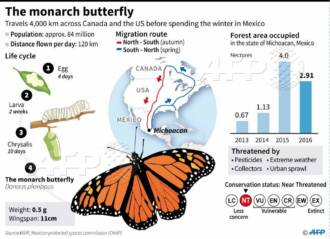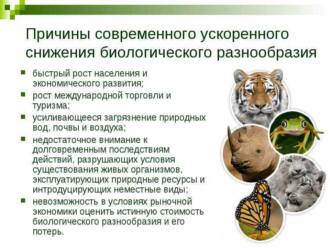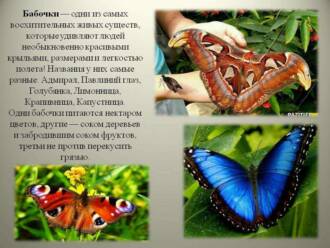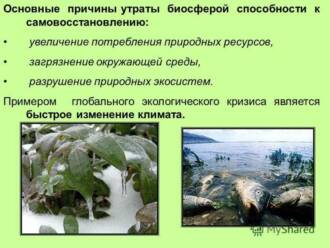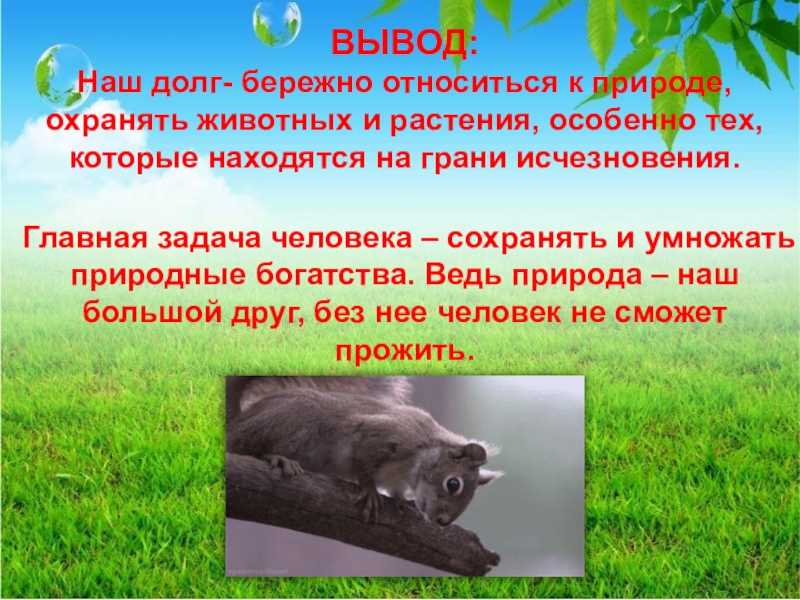
Butterflies are one of the most beautiful and amazing creatures of nature. They attract attention with their bright colors and graceful flight. However, many species of butterflies are under threat due to climate change. Changes in temperature and rainfall, destruction of their natural habitat, pollution and other factors affect their populations and lead to the extinction of some species.
In this article, we'll take a look at the top 5 butterfly species that are endangered and need our help. Their beauty and uniqueness make them irreplaceable elements of the biodiversity of our planet. Therefore, in order to preserve these species and their vital habitats, it is necessary to take measures to protect nature and combat climate change.
The first kind worth mentioning is monarch butterfly. It is one of the best known and most researched species of butterflies. However, due to habitat loss and the use of pesticides, the population of these butterflies is declining every year. The monarch butterfly is known for its long distance migration and its extinction could be a serious blow to the ecosystem.
The second kind is Blue Morpho. It is one of the largest and most colorful butterflies in the world. She has a unique blue color of the wings, which looks especially impressive against the backdrop of tropical forests. However, it is the destruction of tropical forests and environmental pollution that lead to a decrease in the number of these butterflies.
The third kind - Apollo. This is a butterfly that lives in mountainous areas and is considered one of the most beautiful species in Europe. However, due to climate change and the destruction of its natural habitats, Apollo's population is in decline. Saving this species requires protecting mountain ecosystems and limiting tourist activity in these areas.
The fourth kind tiger butterfly. This is a unique butterfly that has distinct black stripes and orange spots on its wings. However, it is under threat due to the destruction of its natural habitat - tropical forests. The loss of these forests leads to a decline in the population of the Tiger Moth and threatens its survival.
And finally, the fifth type - Blue Chinese Zolnik. This is a rare and exciting butterfly species native to China and Taiwan. However, the reduction of forest area due to cutting down trees and construction, as well as the increase in environmental pollution, lead to the extinction of this species.
All of these butterfly species are important elements of biodiversity and play an important role in ecosystems. Therefore, in order to preserve their vital habitats, it is necessary to take measures to protect nature and combat climate change. Each of us can do our part, for example by supporting environmentally friendly and sustainable projects and organizations, and by being mindful of the use of natural resources.
Top 5 Butterfly Species Endangered by Climate Change
Butterflies are one of the most beautiful and amazing creatures of nature. They are an integral part of the ecosystem and play an important role in plant pollination. However, climate change caused by global warming is having a major impact on many species of butterflies. As a result, many of them are at risk of extinction.
1. Apollonides
Apollonids are large, beautiful butterflies that are found in mountainous regions. They thrive in cold, wet conditions, so climate change associated with rising temperatures may reduce their habitat. Increasing frequency and severity of droughts may also have a negative impact on their populations.
2. Royal beetle
The king beetle is one of the largest species of butterflies. It lives in tropical forests and is completely dependent on certain plant species for its breeding. Climate change could cause these plants to disappear, which would negatively impact the king beetle population.
3. Dove
The blue butterfly is a small and delicate butterfly that lives in forests and meadows. It is an important pollinator for many plant species. However, climate change may lead to worsening conditions for the blue butterfly, as it prefers cool and damp places.
4. Golden burdock
The Golden Painted Lady is a beautiful butterfly with bright golden wings. It lives in dry and open places such as steppes and deserts. Climate change associated with rising temperatures and more droughts may lead to a reduction in its living space and negatively affect its population.
5. White butterfly
The white butterfly is one of the most well-known species of butterfly. It lives in a variety of ecosystems, including forests, fields, and gardens. Climate change may change the conditions for the white butterfly, which may affect its food plants and breeding sites.
The conservation of these and other butterfly species is an important task. It is necessary to take measures to combat climate change and preserve their natural habitats in order to prevent their extinction and preserve the beauty of nature.
Peacock-eye black-red:
Black-and-red peacock-eye (Melitaea didyma) is one of the brightest and most beautiful representatives of the pigeon family. This butterfly has bright black and red wings with characteristic halos and spots resembling a peacock's tail. In length, it reaches about 4-5 centimeters, which makes it quite large.
The black-and-red peacock-eye lives in various types of landscapes, including meadows, pastures, fields and gardens. She prefers places with an abundance of nectar plants such as dandelions, carnations and string. In turn, it serves as an important pollinator of these plants, contributing to their reproduction and conservation.
However, the black-and-red peacock eye is under threat due to climate change. Changing temperatures and seasonal cycles affect the living conditions and biological processes of this butterfly. For example, warmer winters can cause butterflies to wake up early from hibernation, leading to their death due to lack of food.
To save the black-and-red peacock-eye, it is necessary to take measures to combat climate change. It is important to preserve its natural habitat, to promote the creation of reserves and nature reserves, where it can find shelter and food. You can also monitor the population and study its behavior in order to develop effective conservation measures for this beautiful insect.
Pied gray-blue:
The Blue-gray Variegated Butterfly (Polyommatus coridon) is one of the most beautiful and recognizable butterfly species. Its delicate blue-gray coloring and bright orange spots make it truly unique. It lives in a variety of places, including meadows, fields and gardens.
However, blue-grey pied has become endangered due to climate change. Changes in temperature and rainfall affect its habitats and food availability. In addition, the use of pesticides and the destruction of natural habitats also threaten the survival of this species.
What can be done to save blue-gray pied?
1. Maintenance of natural habitats:
It is important to preserve the meadows, fields and gardens where the blue-gray pied lives. This can be done by limiting the development and development of agriculture in these areas.
2. Pesticide control:

It is necessary to limit the use of pesticides and move to more environmentally friendly methods of plant protection. This will help reduce the poisoning of butterflies and save their population.
3. Formation of public consciousness:
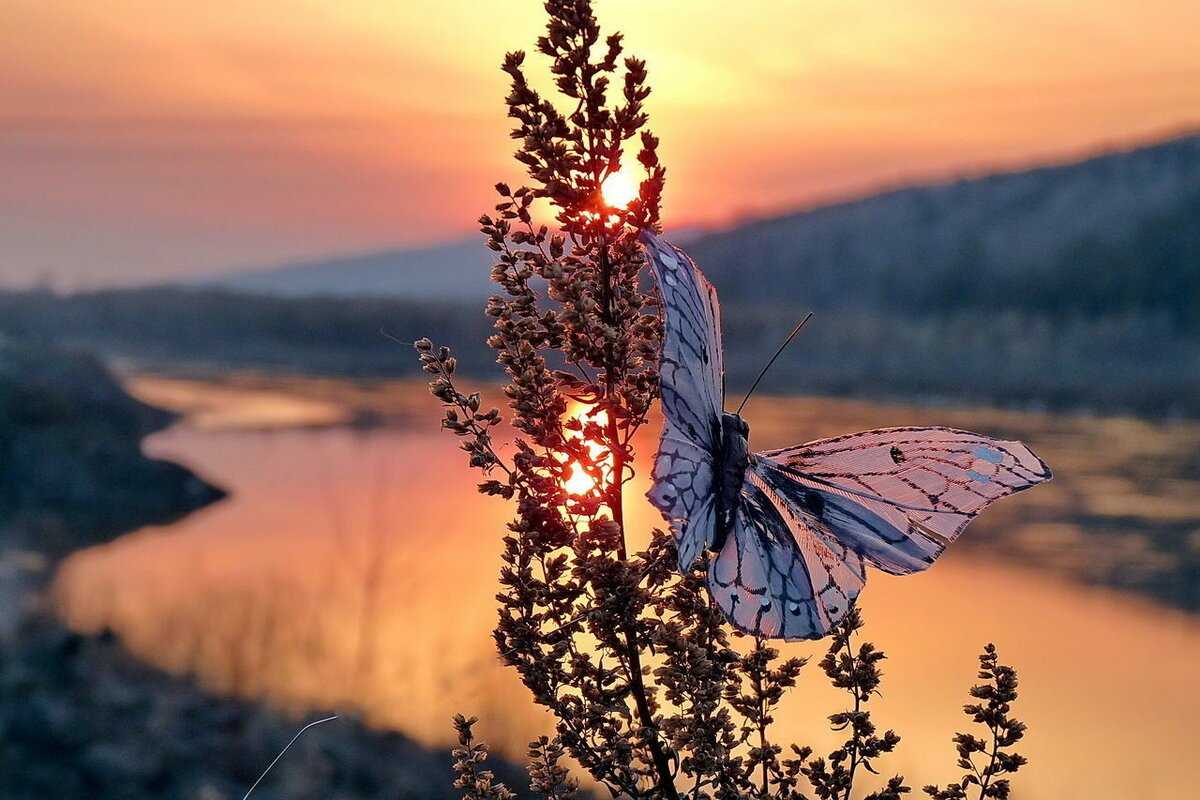
Conducting biodiversity education programs and campaigns will help raise people's awareness of the problems faced by blue-grey pieds and motivate them to take action.
Conservation of the blue-gray pied is an important task that requires joint efforts from society, government agencies and environmental organizations. Only through this we will be able to preserve the beauty of nature and its unique views.
White cabbage:
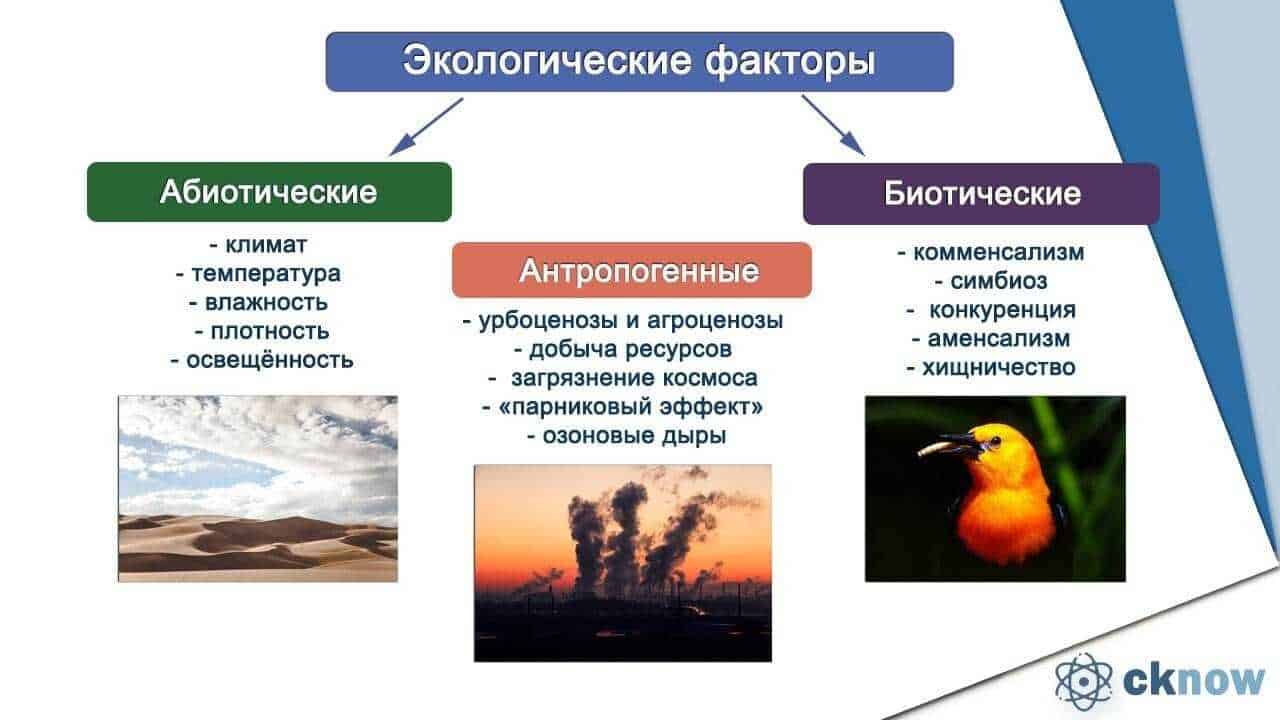
The white cabbage (Pieris rapae) is one of the most well-known species of butterflies, which is under threat due to climate change. It is a small butterfly with white wings and black dots. It is distributed throughout the world and is an important pest of cabbage crops.
White cabbage spends its life in several generations a year. Adult butterflies are active in spring and autumn, when they migrate long distances, and in summer, when they breed and lay their eggs on plants. The larvae feed on the leaves of cabbage, broccoli and other cabbage crops, which leads to significant crop losses.
One of the main factors influencing the decline in the number of white cabbage is climate change. Changes in temperature regimes and precipitation can lead to a change in the conditions for the development of butterflies and a deterioration in their viability. In addition, climate change may contribute to the spread of competitors and parasites, which also negatively affects the white cabbage population.
To preserve the beauty and diversity of nature, it is necessary to take measures to protect the white cabbage and its habitats. This may include the creation of special reserves and protected areas where butterflies will be provided with access to food and breeding conditions. It is also important to conduct research aimed at studying the impact of climate change on the white cabbage population and developing measures for its conservation.
Lemongrass yellow:
The yellow lemongrass (Gonepteryx rhamni) is one of the most common butterfly species that is under threat due to climate change. These butterflies live in Europe and North Africa, where they inhabit forests, gardens and parks. The yellow lemongrass has a distinctive appearance, with bright yellow coloring on the upper side of the wings and a paler color on the underside.
One of the features of lemongrass yellow is its relationship with plants from the elderberry family. Adult butterflies feed on the nectar of flowers, while caterpillars feed on elderberry leaves. However, due to climate change, plants may begin to bloom before butterflies appear, resulting in an uneven population development of lemongrass yellow and the possible extinction of some of its species.
The conservation of lemongrass yellow and other species of butterflies is important for the conservation of biodiversity and the ecosystem. To help them survive, action must be taken to combat climate change, preserve natural habitats, and limit the use of pesticides that can negatively impact butterfly populations. It is also important to conduct monitoring and research to better understand the impact of climate change on butterfly populations and develop effective measures to protect them.
Apollo Swedish:
The Swedish Apollo (Parnassius mnemosyne) is one of the most famous and beautiful butterfly species that is under threat due to climate change. This species lives in the northern regions of Europe, including Sweden, Finland and Norway.
Swedish Apollo is distinguished by its unique beauty: on its wings there are four transparent areas that create a feeling of lightness and airiness. The main color of the wings can be from white to yellowish or grayish, sometimes with dark spots and stripes.
However, due to global warming and climate change, the habitats of the Swedish Apollo are becoming increasingly unsuitable for him. Winters become warmer, which leads to a decrease in the areas of snow cover on which butterflies spend the winter. Also, changes in temperature and precipitation affect the quality of food for caterpillars and the availability of flowers, which serve as a food source for adult butterflies.
In order to preserve the beauty of nature and the conservation of species like the Swedish Apollo, it is necessary to take measures to combat climate change. This includes reducing greenhouse gas emissions, preserving and restoring the natural habitats of butterflies, and conducting scientific research to better understand the impact of climate change on these species.
Reasons for the threat:

Climate change is one of the main threats to butterfly species. Global warming and climate change lead to changes in seasonal conditions and disruption of the balance in natural ecosystems. This affects the life cycles of butterflies, their migration, reproduction and nutrition.
Increasing temperatures and changing precipitation affect the availability and quantity of food for butterflies. Many species of butterflies are completely dependent on certain types of plants, which serve as their source of nutrition in the form of nectar or larvae. Climate change may lead to a decrease in food resources in certain regions, posing a threat to the survival of butterflies.
Climate change also affects the migration of butterflies. They use light, temperature and wind to determine migration routes. Climate change may change these factors and disrupt the usual migration routes of butterflies. This can lead to the loss of their living space and a decrease in population.
Another threat to butterfly species is the deteriorating quality of their habitats. Climate change may lead to the degradation of ecosystems in which butterflies live. This may include a decrease in food availability, deterioration of soil and water quality, and an increase in parasites and diseases.
Finally, climate change may change the distribution of butterfly species. Some species may be forced to move to new regions in order to find suitable living conditions. However, not all species are able to adapt to new conditions quickly and successfully. This can lead to population decline and even extinction of some species.
Impact of climate change:
Climate change is having a major impact on the diversity of animals and vegetation on our planet. In particular, they endanger many species of butterflies, which are among the most beautiful and vulnerable creatures in the insect world.
Climate change is affecting butterflies from their life cycle. An increase in temperature can lead to a reduction or change in the breeding season, which leads to an imbalance in the butterfly population. Changing the position of the seasons can also lead to malnutrition of caterpillars and adult butterflies, which can lead to their extinction.
Changing weather conditions also have a negative effect on butterflies. Scientists note that more frequent and intense natural disasters, such as heavy rains, droughts and hurricanes, can cause significant damage to butterfly populations. These events can destroy their habitats, destroy their food plants and lead to the death of many individuals.
Climate change can also affect the migratory paths of butterflies. Changing temperatures and food availability can lead to changes in migration routes, which can create difficulties for butterflies, especially those species that rely on certain places for feeding and breeding.
All these factors, caused by climate change, threaten the survival and diversity of butterflies. Therefore, it is important to take action to combat climate change and preserve their unique beauty in nature.
A legacy we may lose:

As a result of climate change and the destruction of their natural habitat, many species of butterflies are endangered. These beautiful insects are not only a decoration of nature, but also important participants in the ecosystem.
One of the most endangered species is monarch butterfly. Every autumn, millions of monarchs fly south over vast distances. However, climate change leads to a deterioration in the conditions for migration, as well as to a reduction in the number of food resources for their larvae.
Another species that is threatened is blue morpho. This large and brightly colored butterfly is preyed upon by hummingbirds, and its eggs and caterpillars are food for various species of insectivorous animals. Climate change may lead to a decrease in the abundance of these species, which will lead to the deterioration of the ecosystem.
The third species that may become extinct due to climate change is Apollo. This butterfly is endemic to some mountainous regions and is sensitive to temperature changes. An increase in temperature can lead to a reduction in the area of its distribution and a decrease in the population.
The fourth endangered species is golden butterfly. It is found in tropical forests and is an important pollinator for many plants. However, the destruction of forests and climate change lead to a deterioration in the conditions for its existence.
The fifth species under threat is yellow cabbage. This butterfly is a pest of cabbage crops, but it is also an important component of the food chain, serving as food for birds and other predators. Climate change may lead to an increase in the abundance of this species and the deterioration of the ecosystem.
Save the beauty of nature!
Climate change has a significant impact on the biodiversity of our planet, and butterflies are no exception. Many species of butterflies that were once common and common are now endangered. Together we can take action to preserve the beauty of nature and prevent the extinction of these amazing creatures.
Meet Threatened Butterfly Species
1. Apollo butterfly (Parnassius apollo): Known for its bright and beautiful wings, this butterfly species is under threat due to climate change. Its natural habitat, including mountain grasslands and alpine areas, is becoming less accessible due to declining snow and glaciers.
2. Morpho Butterfly (Morpho): These large and colorful butterflies that live in rainforests are also under threat due to climate change. An increase in temperature and a change in humidity entail a decrease in the number of this species.
3. Small cabbage (Pieris rapae): This butterfly, common in many regions of the world, is also suffering from climate change. Changes in temperature and food availability have a negative impact on the reproduction process and survival of this species.
The Importance of Conserving Butterflies and Their Habitats
Butterflies play an important role in the ecosystem. They are plant pollinators and help reproduce many plant species. In addition, they are food for many other animals, including birds and insectivorous mammals. Therefore, the conservation of butterflies and their habitat is essential to maintain ecological balance and biodiversity.
We can all contribute to preserving the beauty of nature and preventing the extinction of endangered butterfly species. We can support projects to protect and restore their habitats, use sustainable farming and gardening practices, and educate others about the need to care for our nature. Together we can preserve the beauty of nature and secure the future for all living beings on our planet.

